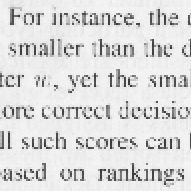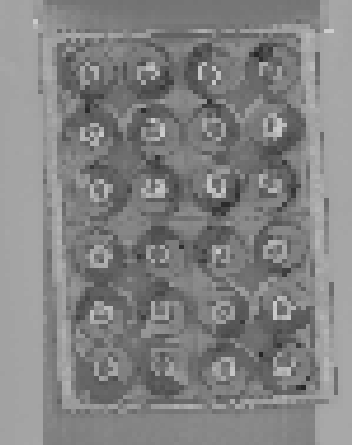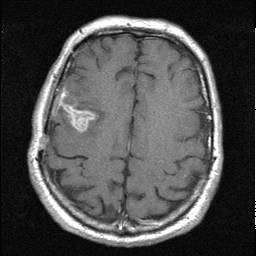
The use of hidden Markov chain (HMC) models for recognition of
structures in time series has been popular for a long time.
The basic theory was published in a series of classic papers by
Baum et. al. in the late 1960s and early 1970s and it was implemented
for speech processing applications by Baker at CMU and Jelinek et.al
at IBM in the 1970s. Speech and text recognition are related research
areas, and recently we have seen that hidden Markov chain models have
been introduced to the area of character recognition.
Here we show that such models are applicable for several other image analysis
problems too.

- Aas, Kjersti; Eikvil, Line and Huseby, Ragnar Bang:
«Applications of Hidden Markov Chains in Image Analysisis».
Pattern Recognition, Vol. 32, No. 4, pp. 703-713, 1999.
Document Analysis

- Text recognition from grey level images using Hidden Markov models.
The problems of character recognition are today mainly due to imperfect thresholding and segmentation. In this paper a new approach to text recognition is presented which attempts to avoid these problems by working directly on grey level images and treating an entire word at the time. The features are found from the grey levels of the image, and a hidden Markov model is defined for each character. During recognition the most probable combination of models is found for each word by the use of dynamic programming.

- Aas, Kjersti; Eikvil, Line and Andersen, Tove:
«Text recognition from grey level images using Hidden Markov models».
Proceedings CAIP'95, Prague, Czech Republic September 1995.
Industrial Inspection

- Combining range and intensity data with a Hidden Markov model.
The paper treats the analysis of an industrial inspection problem: To segment and discriminate similar-looking bottles based on a multispectral image consisting of both range and intensity data. A contextual pixel classification is performed using a whole line as neighborhood. The framework of hidden Markov models together with a fast algorithm coming from control engineering makes this possible. The method is compared to Haslett's method for contextual classification, and performs significantly better. Results are excellent for both the segmentation and the classification. The paper will however only treat the segmentation part since the approach in the two cases are similar.

- R.B Huseby, G.T. Høgåsen, G. Storvik, and K. Aas
«Combining range and intensity data with a hidden Markov model.»
Proceedings 11th IAPR Conference, 1992.

- Characterization of Lesions in Dynamical MRI using Contrast Agent and Statistical Analysis
This paper presents statistical methods for analyzing data obtained from dynamic MRI using contrast agents. The methods are tested on data obtained from tumorous tissues. The aim of the study was to find automatic methods for characterizing the tumors correctly as benign or malignant. The proposed methods gave promising results. Larger data sets, including the digital images from which the curves were extracted, should be examined to better judge the benifit of the methods.

- Aas, Kjersti and Holden, Marit:
«Characterization of lesions in dynamical MRI using contrast agent and statistical analysis.».
Proceedings NOBIM-konferansen 1994.